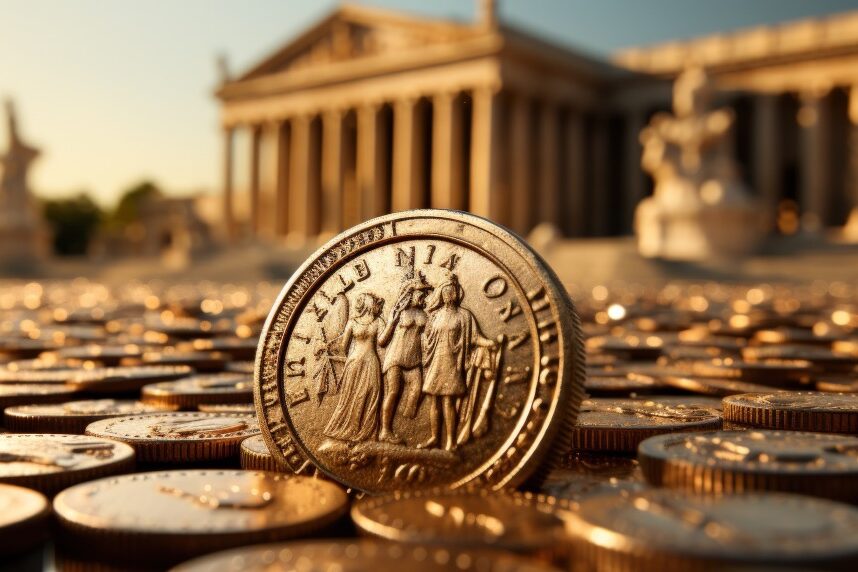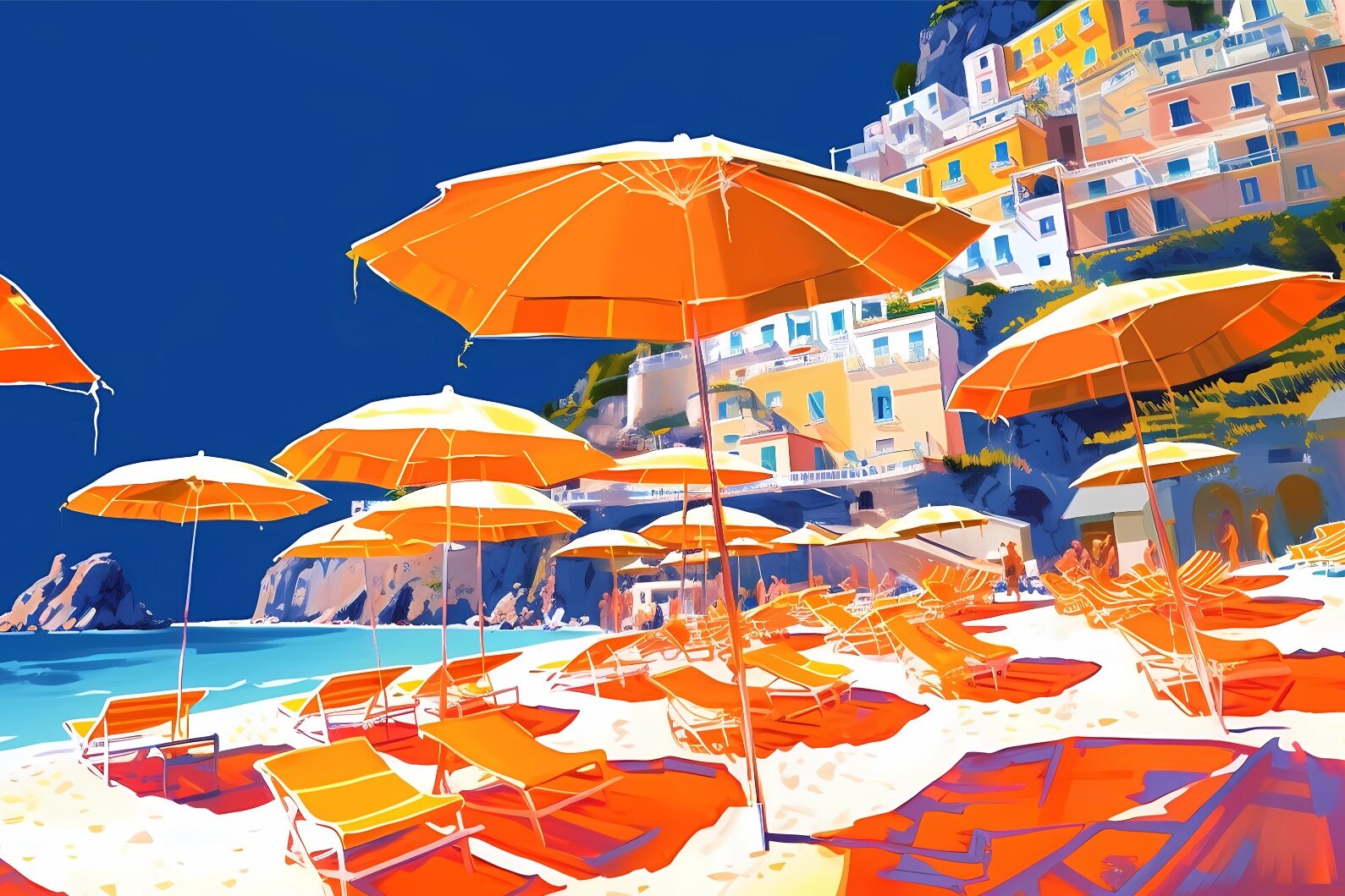When we think of jazz music, we usually think of New Orleans or, more generally, of the southern United States where it originated in the late 19th and early 20th century. When we think of jazz in Italy, we also think of the Umbria Jazz Festival.
This musical genre, particularly based on the artists’ talent for improvisation, combines traditional European rhythms with the counter-metric patterns of African music, and features percussion and dancing. Jazz was born from the Blues and influenced by musical forms such as ragtime, with origins in the African American communities originally brought to the U.S. by the Atlantic slave trade.
The abolition of slavery gave a new boost to the spread of jazz across the country and all over the world, incorporating national and local elements, and giving rise to a number of different styles and techniques such as swing.
This Year, the Umbria Jazz Festival celebrates its 41st edition
This Year, the Umbria Jazz Festival celebrates its 41st edition
The golden age of jazz was the Roaring ‘20s, when it grew in popularity and played a role in the cultural changes brought about by Prohibition. As an expression of the new values that threatened the status quo, many considered jazz to be immoral. Yet the proverbial bad publicity is always better than no publicity…
Thanks to great performers like Louis Armstrong, Duke Ellington, King Oliver, and Ella Fitzgerald – to name a few – jazz music eventually was accepted by the American middle class and, in time, expanded to incorporate white musicians as well.
In 1987, the US Government passed a bill declaring jazz a “rare and valuable national American treasure to which we should devote our attention, support and resources to make certain it is preserved, understood and promulgated.”
During the period between the World Wars, American artists who traveled to the other side of the Atlantic brought their exotic sound and lifestyle to a fascinated European audience.
In Italy, the first jazz orchestra dates back to the 1930s, formed by musician Arturo Agazzi. The new music trend immediately became popular, despite the regime’s anti-American propaganda, and assimilated elements of Italian folk music.
In the ‘70s and ‘80s, in Italy as well as in the US and other countries, traditional jazz started blending with other genres into fusion and free forms like Mile Davis’s.
In the summer of 1973, the first Umbria Jazz Festival was held in Villalago di Piediluco, a natural theater near the town of Terni. This year, the event celebrates its 41st edition, taking place July 11-20, 2014, at the Arena di Santa Giuliana in Perugia.
Since its inception, as an idea of jazz-lover Carlo Pagnotta and a few members of the regional council, Umbria Jazz has achieved increasing success, attracting national as well as foreign visitors.
Today the festival is acknowledged as one of the most interesting at an international level, featuring celebrated performers and bands from the jazz world and its neighboring genres. Among them are Enzo Avitabile, Ray Gelato, Stefano Bollani, Natalie Cole, Fiorella Mannoia, Herbie Hancock, Paolo Fresu Quintet, and many more.
In addition, the festival is an occasion to discover the typical food and wine production of Umbria region, and several locations throughout the city, including restaurants and bars, usually host free jazz concerts for their customers.





























